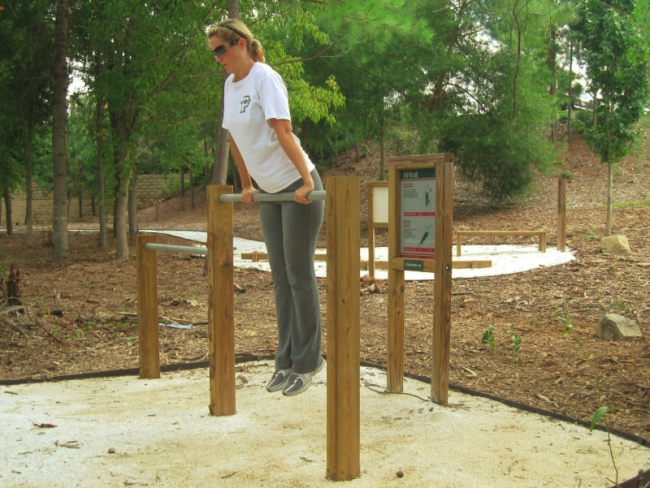
About Lesson
Ample research supports the notion that exercising outdoors provides a variety of benefits. While simply spending time outdoors can positively affect people, those who participate in an outdoor exercise program experience even more positive impacts on their health and well-being. Take a look at some of the examples below, and think about the ways that spending time outside has enhanced your own wellness.
- – For example, “…going out daily [has been shown to be] beneficial among independent older people, correlating with reduced functional decline and improved health measures” (Jacobs et al. 2008).
- – Participating in outside exercise experiences may even be more enticing and enjoyable for people. One study found that “…outdoor training enhances affective responses to exercise and leads to greater exercise adherence than indoor training…” (Lacharité-Lemieux et al. 2015).
- – In an examination of whether or not environmental settings influenced psychological and physiological responses in women with obesity, while both settings improved overall fitness, the outdoor experiences “…presented improved psychological responses,” and seemed to “…promote long-term adherence to a physically active lifestyle” (Krinski et al.2017).
- – In addition, one study found that encouraging outdoor fitness initiatives with children “…may be an effective strategy for increasing physical activity and preventing increases in overweight and obesity” (Cleland et al. 2008). The same investigation showed “…the prevalence of overweight among older children at follow-up was 27-41% lower among those spending more time outdoors at baseline” (Cleland et al. 2008).
- – According to a Harvard Health Letter published in 2010, just being outside more provides health benefits, including increased intake of Vitamin D, improved mood, decreased stress levels and quickened recovery and healing.
- – The literature suggests that just being outdoors also appears to benefit children, as it is associated with increased physical activity and even higher physical activity intensity (Cooper et al. 2010; Cleland et al. 2008).